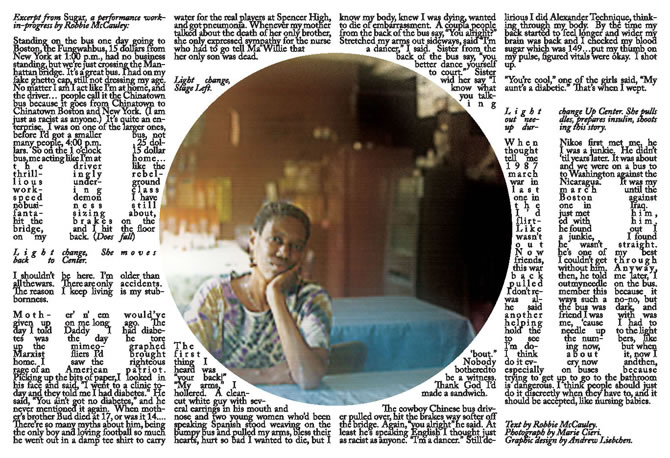The World Health Organization defines health as “a state of complete physical, mental, and social well-being, and not merely the absence of disease or infirmity.” How does one achieve and maintain such a condition of balance and wellness? How often do you experience health? Innumerable books, newspapers, magazines and websites spout the how-tos of healthy living. What to eat and what not to eat. The appropriate amount of exercise. The power of positive thinking…
The society in which we live yearns for health. However, the prevalence of mental illness, obesity, heart disease, cancer and diabetes has become part of the American way of life. Globally, the persistence of HIV/AIDS and sudden flu pandemics continue to incite great anxiety as they threaten the well-being of thousands of people worldwide. What are the root causes of this ill-health? How can we, individually and collectively, reach a balanced state of wellness? As progressive medical and health practitioners throughout the country and the world investigate creative solutions to this problem, it is clear there is much to be gained from reevaluating what it means to be healthy and what changes would need to occur to achieve widespread well-being.
View the Health Projects
Health Discussion at Launch Dinner Event
Following the public AIC launch event on the afternoon of Oct. 9, 2009, approximately 64 people reconvened for a dinner/discussion event at MIT’s Stata Center dining room, organized by the Platform 2 artists’ collective. Each table focused on one of the eight themes of the Artists’ Prospectus for the Nation, assisted by a commissioned placemat by a New England-based artist (see the “Health” placemat, below, by performance theater artist Robbie McCauley, photographer Marie Cieri and graphic designer Andrew Liebchen). An empty placemat at each table was used by diners to record notes from the discussion. Pictured above is the notated placemat from the Health Table.
Here is a summary of the questions/topics raised at the Health Table:
- How might one examine social health at all? Community health is measured based on the absence of disease, though all table members agreed that health is more than just the absence of illness. Exploring health of the body and of the community in this, a more holistic manner, may make for more successful ‘healing’, a healing process that gets to the roots of health as balance.
- Can a metric be created that measures the ‘health’ of a community similar to metrics measuring the health of the body? How might remedies be approached? Could the metric provide structures for healing intervention?
- Is art necessary to a community? Specifically, is it necessary to create a healthy community? Is it always the best choice to remedy issues of justice, etc. in a community? (There was a difference of opinion here. Some of the table members had a very broad definition of art and a lot of confidence in its power as a tool for change (one or two stating that it is always the best tool for change, which provoked some debate.)
The overarching tenor of the conversation was lively and friendly, and many of the table participants were more interested in general socializing than keeping to the tasks given. It was clear that everyone there wanted a conversation foregrounded by fun, highlighted in the first call-out by one of the table participants, which was “The Heath table requires more wine!” (This did come from a conversation about the health benefits of wine, mind you.) This spirit of questioning was rooted in to our own quandries/curiosities about our processes and motivations as well as the way our work related (or not) to the topic at hand.
Andi Sutton

Launch dinner placemat for the Health Table by Robbie McCauley (text); Marie Cieri (photo); Andrew Liebchen (design)



